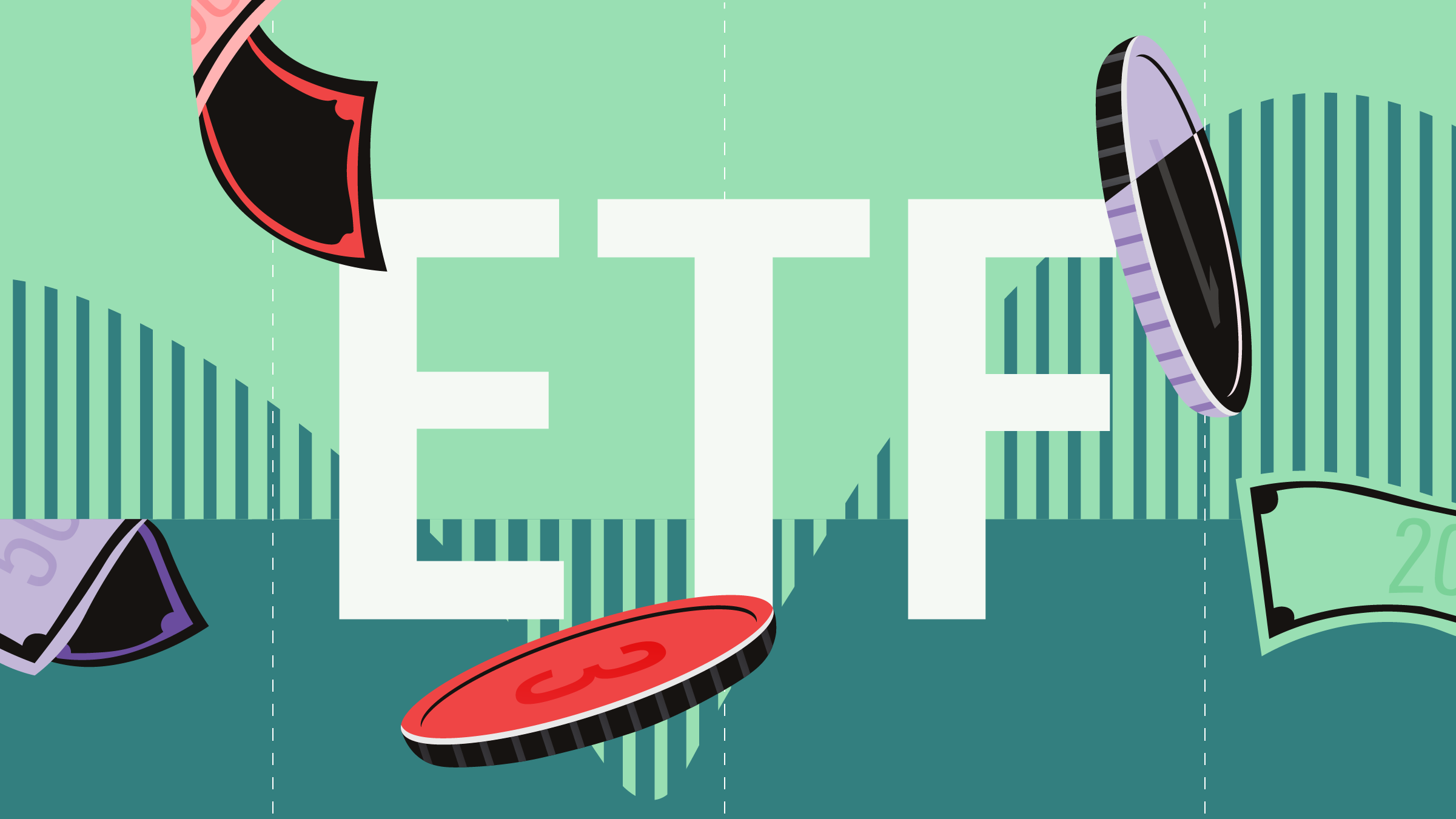For much of 2018, cannabis has been in the spotlight. And so has Big Pharma. But what about Big Pharma in Cannabis? Are there - investable - medical miracles coming out of this combination of conventional and herbal medicine?
With the lead-up to legalization in Canada in October last year, the smell of profit was in the air as cannabis cultivator stocks soared and caught the attention of a variety of established industries – among them, pharmaceuticals.
“There’s more harmony here”, says Steeve Néron, Senior Vice President, Marketing & Medical Affairs at Tetra Bio-Pharma (TBP), a Canadian pharmaceutical company dedicated to cannabinoid-based drug discovery. The legality of cannabis in Canada creates clarity at a federal level not possible in the U.S., where individual states are separately leading legalization reforms.
Néron finds the environment here receptive to research as the firm’s prescription cannabinoid-based inhalation system for cancer patients reaches phase three of Health Canada trials, with “signals that the file is going to be picked up [relatively] quickly” when it comes to next steps towards commercialization. The inhalation device was also reclassified by Health Canada in September to make it eligible for medical insurance reimbursement.
Meanwhile, south of the border, companies seek creative ways around
“You see major alcohol, tobacco, and pharma companies doing partnerships and taking stakes with options to acquire more ownership rather than full-out acquisitions or organic moves into
The green in cannabis is still mostly found through actual growers and cultivators of the plant itself who currently comprise 70% of the investable universe, says Mark Noble, Senior Vice President, ETF Strategy at Horizons ETFs, home of the Horizons Marijuana Life Sciences Index ETF (
Enter Big Pharma
The medical marijuana market is expected to hit US$ 40 billion by 2024, and that’s enough to entice some major moves.
“The medical market is going to have a much larger global footprint than recreational, and we are positioned to take advantage of this over the next 18-24 months,” says Nawan Butt, Associate Portfolio Manager of the Purpose Marijuana Opportunities ETF (MJJ).
Some of the applications for medical marijuana include treatments for epilepsy, eye and skin conditions, and especially pain relief as an alternative to opioids.
“The biggest activity that I’ve seen among pharma companies in the cannabis space is Novartis’s (NVS) supply and distribution partnership with Canadian producer Tilray (TLRY),” says Inton. “Using Novartis’s distribution network, Tilray should improve its ability to supply to countries where medical marijuana is legalized.”
Both Noble and Butt say that an important aspect of the pharma side of cannabis is the prospect of intellectual property.
“The most active in this regard is British-based GW Pharmaceuticals, says Inton, “The FDA approved the first ever cannabis-derived drug, GW (GWPH)’s Epidiolex, last year.”
Butt and Noble both agreed this was a significant development. “Epidolex is a drug by a major international drug company with considerable resources and it’s only the first to be FDA approved,” Noble points out.
A plant for pain relief
But the holy grail for the global medical marijuana industry is pain relief, says Noble, if researchers can effectively determine that medical
Tetra Bio-Pharma filed a patent in January for their cancer-pain-targeting cannabinoid delivery system, opening another avenue for intellectual property and sustainable competitive advantages in the sector.
“Much of the research in this area so far ironically tends to be on opioid producers trying to create pain relievers using synthetic-based Cannabis products,” says Noble, “A well-known and controversial example of this is Insys Therapeutics (INSY).”
Insys Therapeutics produces Subsys, which is a sublingual spray of powerful opioid fentanyl. Five former Insys executives, including the firm’s founder, are currently amid a U.S. federal trial for allegedly paying doctors bribes to prescribe Subsys. Subsys was only approved for cancer pain management.
CBD – the new alternative to opiates
Cannabis contains hundreds of compounds, including Tetrahydrocannabinol (THC) and Cannabidiol (CBD). Unlike THC, CBD is not psychoactive.
Recent clinical surveys have shown the ability of CBD products to displace opiates, says Butt, which is in line with many opiate replacement programs now coming online in the U.S., with the largest one in Illinois initiated in December.
With the re-rating of CBD to a Schedule V drug in the U.S., many large pharmaceuticals have taken steps to get involved in the space, says Butt, most notably Sandoz AG’s recent partnership with Tilray and TEVA’s deal to market Syqe Medical’s precision-dosed cannabis inhaler.
“There is clearly a lot of excitement over Hemp and CBD oil production,” says Butt, “The recent passing of the Farm Bill in the United States allows for products of CBD oil which is used as an over-the-counter pain reliever”, he says. The bill eliminates the illegality of growing industrial hemp that doesn’t have THC. “This is why Canopy Growth (WEED) recently announced its formal entry into U.S. cultivation by receiving a license to build industrial hemp facilities in the U.S.,” he continued.
The packaging and delivery systems of carefully measured CBD and THC for patients is also a key differentiator and demand driver.
“Traditional ‘illegal’ cannabis



















